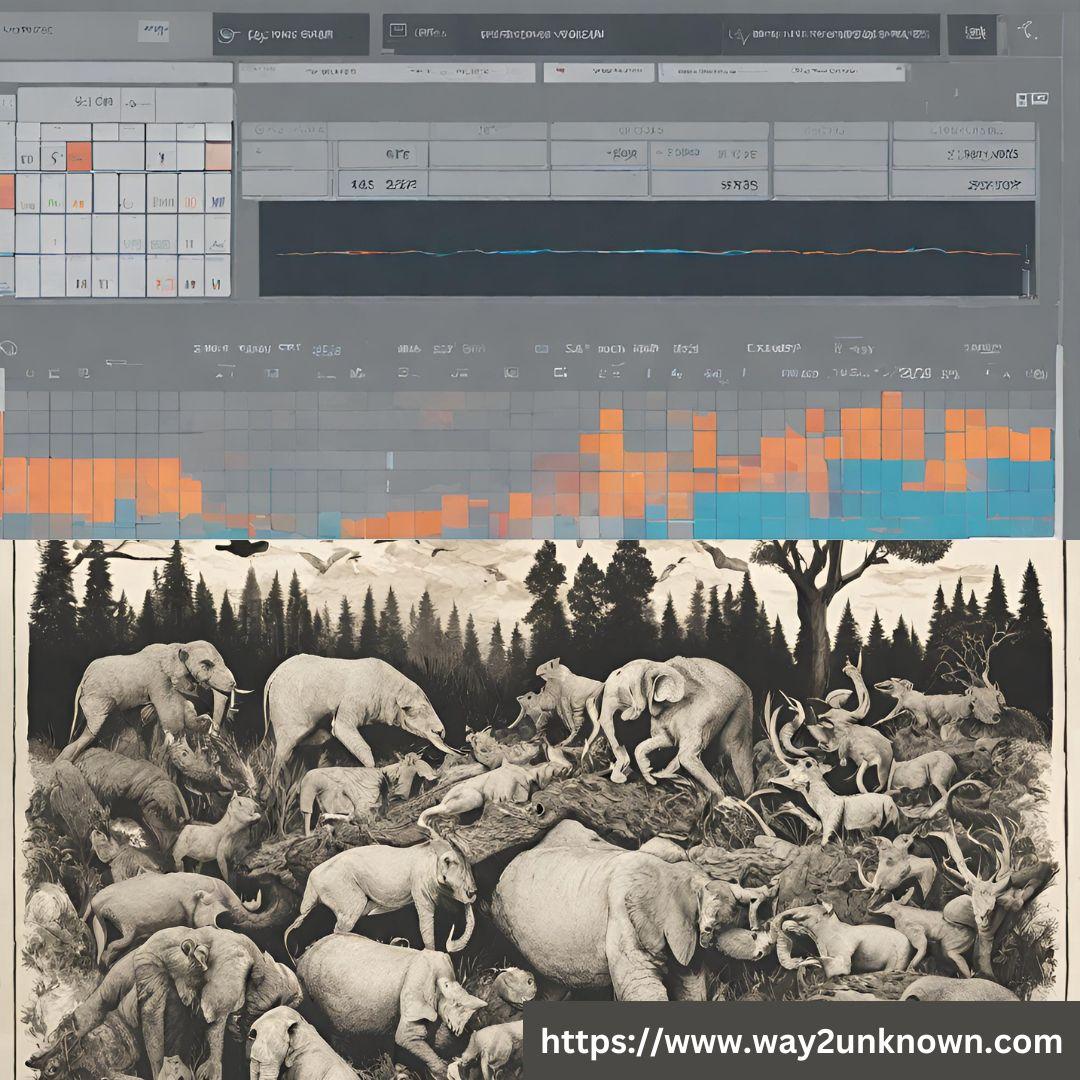In the Footsteps of Nature: AI's Journey into Animal Behavior Prediction

In the fascinating realm of wildlife research, Artificial Intelligence (AI) is proving to be an invaluable ally, revolutionizing our ability to predict and comprehend intricate animal behavior patterns. By harnessing the power of advanced algorithms and machine learning, scientists and conservationists can delve deeper into the natural world, gaining insights that were once elusive.
AI's capacity to process and analyze vast datasets allows researchers to detect subtle nuances in animal behavior that may be imperceptible to the human eye. Whether it's studying migration routes, feeding habits, or social interactions, AI technology enables the extraction of meaningful patterns from the wealth of data collected through various sensors and cameras.
Predicting and understanding animal behavior patterns is crucial for wildlife conservation. AI algorithms can identify anomalies or shifts in behavior, providing early warnings for potential threats such as habitat disruption or poaching activities. This predictive capability empowers conservationists to implement proactive measures to safeguard vulnerable species and their ecosystems.
In essence, the integration of AI in the study of animal behavior is akin to unlocking a new language—one that allows us to decipher the nuanced dialogue of the natural world. As we continue to explore the depths of this technological frontier, the synergy between AI and wildlife research holds the promise of a more profound understanding of our fellow inhabitants on Earth and, consequently, more effective conservation strategies for their protection.